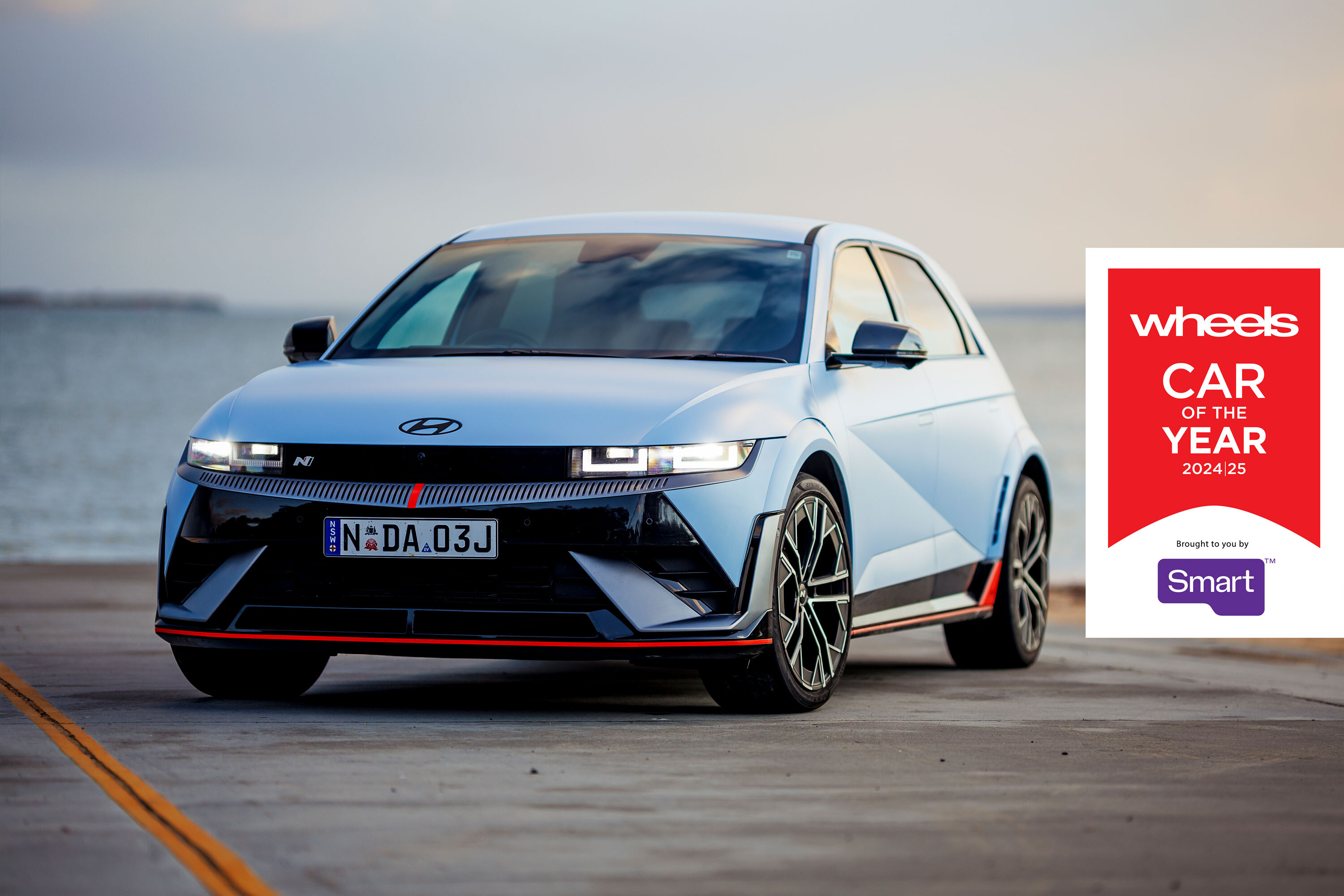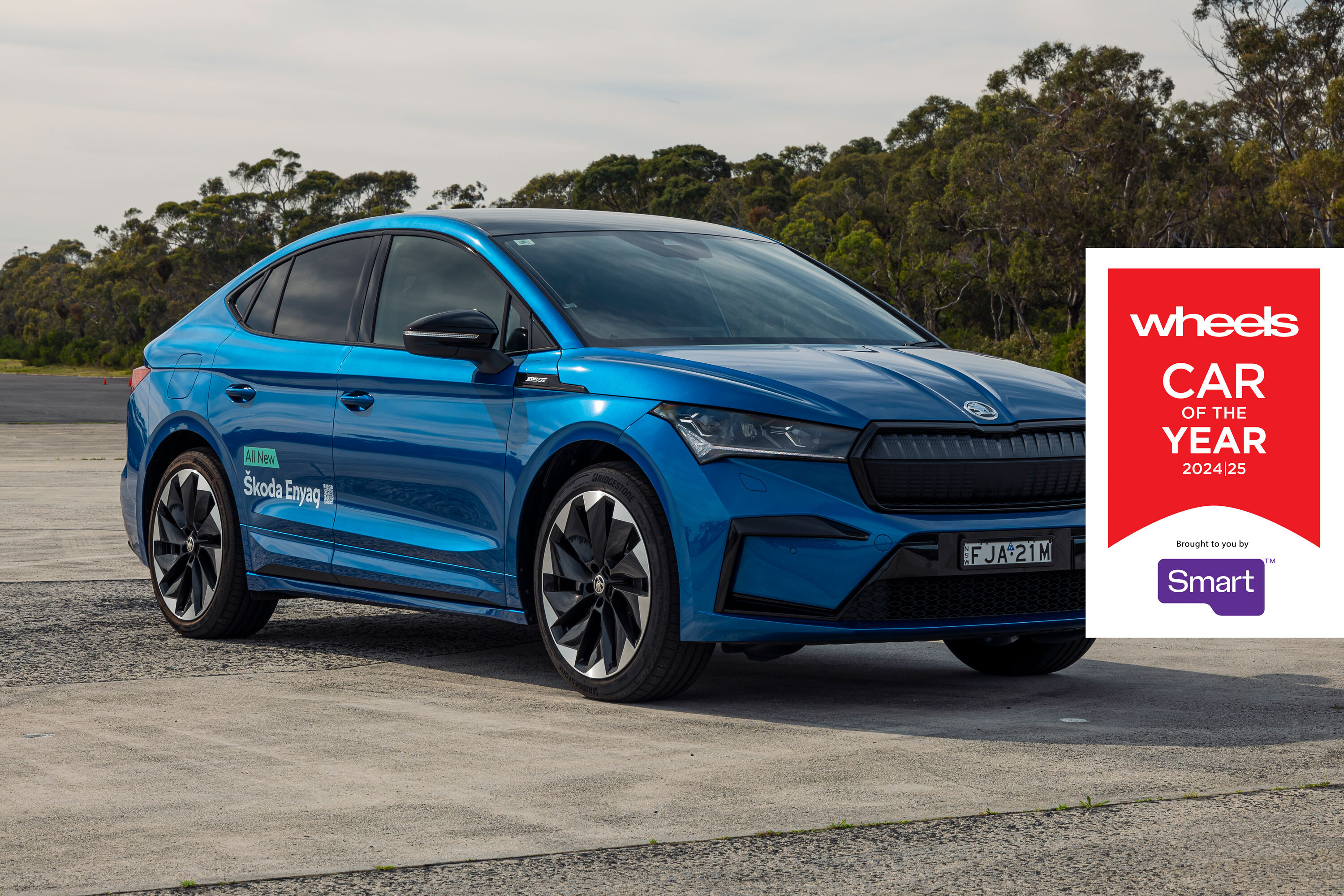You’re aware of the Moose Test, I gather? Even if you aren’t, it’s an easy one to wrap your head around.
Basically it’s an exercise designed to replicate an emergency ‘swerve and avoid’ scenario where a driver is required to change direction suddenly, as if to dodge an animal, and then quickly regain control and swerve back safely into their lane.
It’s a test championed by the Northern Europeans (hence ‘moose test’) but one that also has huge implications for Aussie drivers, too, who often have to dodge kangaroos, wombats, emus and all sorts of other wildlife.
Chances are you’ll have seen a clip of a car (or usually an SUV) failing the Moose Test on YouTube – it makes for pretty dramatic vision.
But creating exciting video wasn’t why we wanted to run each of our 2023 Car of the Year contenders through the Moose Test. The main reason was it’s an excellent test of a car’s body control and the efficacy of its electronic stability system.
MORE READING
As the 2023 COTY story evolves, the list of stories below will grow. Keep an eye on this page for more, or find it all at our COTY page.
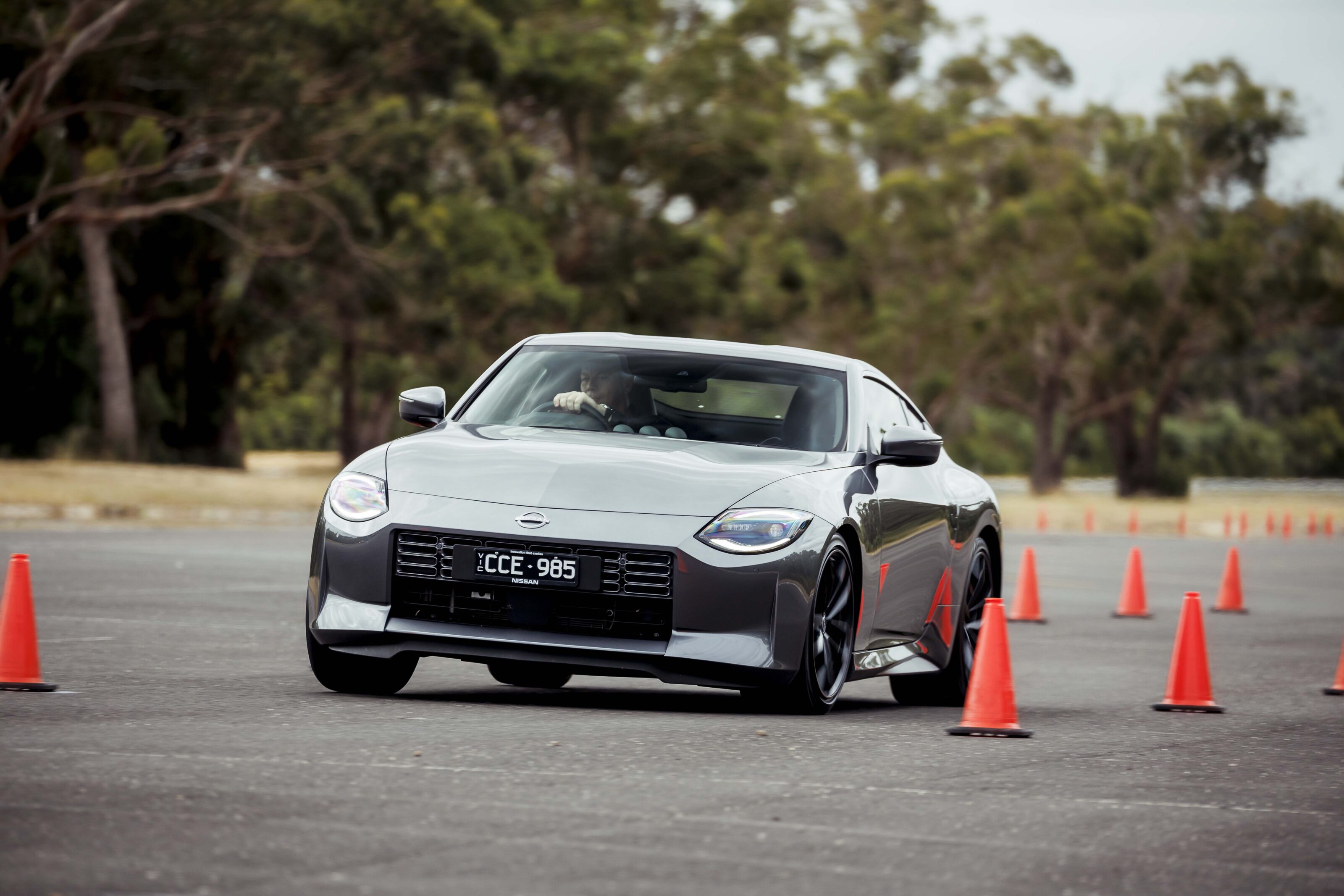
The results, as you can see from the below table, are surprising…
Our objective was to run each contender through the exercise at steadily increasing speeds until they clobbered a cone. Speeds were increased in 5km/h increments, and the table below includes a speed range between which each car failed to make it through the exercise.
The Audi RS3 Sportback, for example, made it through at 105km/h but failed at 110km/h.
Generally speaking, the logic of physics applies to the finishing order. Low-slung performance cars with grippy tyres finished at the pointy end while heavy, high-riding off-roaders with all-terrain rubber are at the bottom. But there are a few notable results.
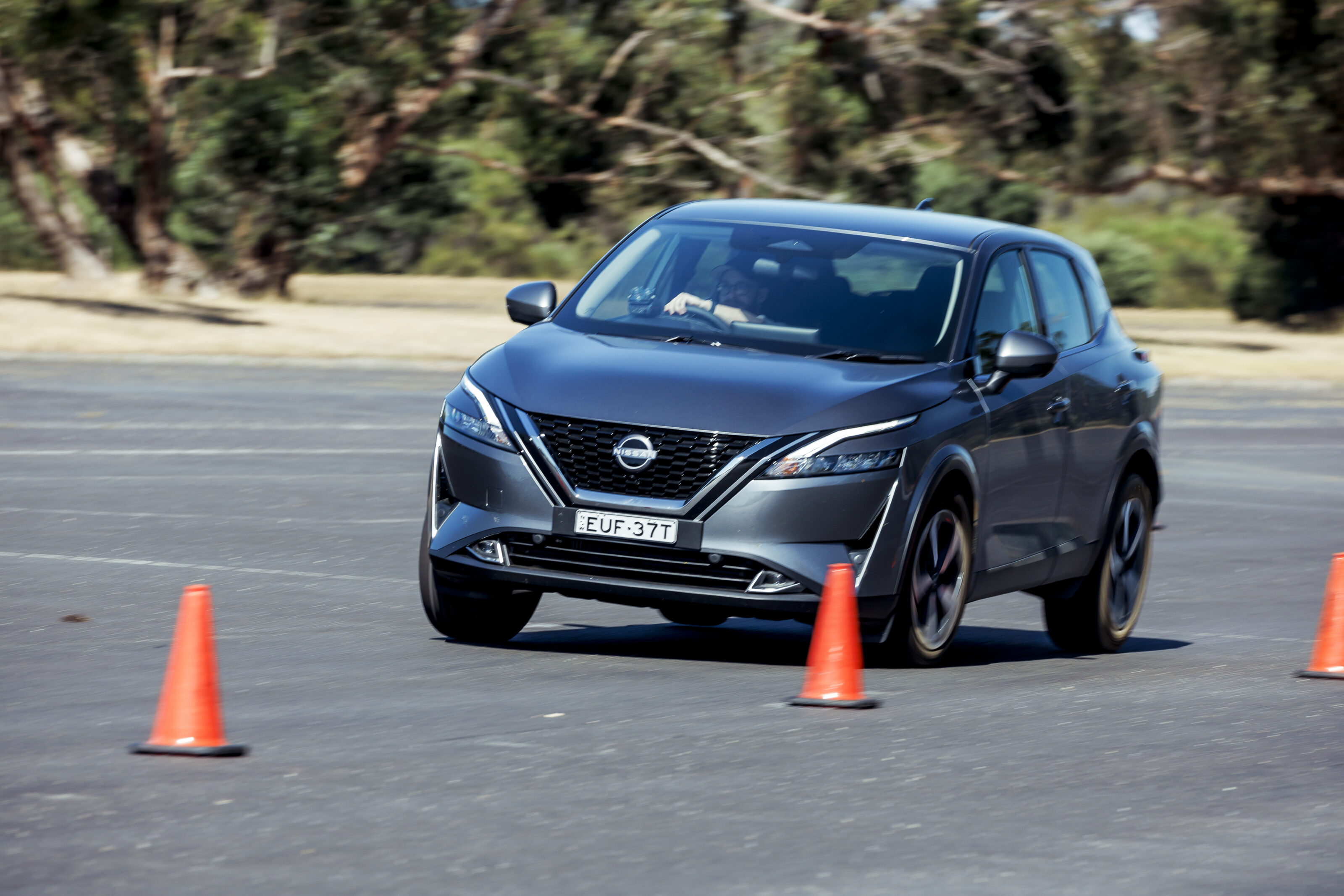
The pair of Nissan Qashqais, for example, finished considerably higher than their humble mainstream small-SUV credentials suggested they would. And the Toyota 86’s finishing position of 9th was also a surprise, especially considering it was trumped by the Qashqai, Cupra Formentor and Toyota Corolla Cross. Blame the 86’s tyres and its propensity to oversteer for that one.
The Range Rover P530 also deserves a mention for having the hardest hitting ESC system. Where most contenders grab and release brakes rapidly to try and rein in big weight transfers, the Rangie simply locked the front outside wheel which sent a huge plume of smoke pouring down the side of the car. In fairness to the system, that is a lot of softly sprung weight to contain.
Check out the finishing order below and tell us what you found surprising in the comments.

Swerve and avoid test
| Contender finishing order | Speed range in km/h | |
|---|---|---|
| 1 | Audi RS3 Sportback | 105-110 |
| 2 | Audi E-tron GT RS | 100-105 |
| 3 | Cupra Formentor VZe | 95-100 |
| 4 | Nissan Qashqai ST+ | 95-100 |
| 5 | Nissan Qashqai Ti | 95-100 |
| 6 | Nissan Z manual | 95-100 |
| 7 | Tesla Model Y RWD | 95-100 |
| 8 | Toyota Corolla Cross Atmos hybrid AWD | 95-100 |
| 9 | Toyota GR 86 GT manual | 95-100 |
| 10 | Audi A3 35 TFSI sedan | 90-95 |
| 11 | Cupra Formentor VZ FWD | 90-95 |
| 12 | Cupra Formentor VZx | 90-95 |
| 13 | Genesis GV60 PErformance AWD Luxury | 90-95 |
| 14 | Nissan X-Trail ST-L 7-seat | 90-95 |
| 15 | Peugeot 308 GT Premium wagon | 90-95 |
| 16 | Skoda Fabia Monte Carlo | 90-95 |
| 17 | Toyota Corolla Cross GX FWD | 90-95 |
| 18 | BYD Atto 3 Long Range | 85-90 |
| 19 | Ford Ranger Raptor | 85-90 |
| 20 | Nissan X-Trail ePower 5-seat | 85-90 |
| 21 | Peugeot 308 GT hatch | 85-90 |
| 22 | Volvo C40 Twin Motor | 85-90 |
| 23 | Ford Everest Sport V6 AWD | 80-85 |
| 24 | Range Rover P530 First Edition | 80-85 |
| 25 | Ford Everest Trend 2.0 Bi-turbo 4X4 | 75-80 |
| 26 | Ford Ranger XLT V6 | 75-80 |

We recommend
-
 COTY
COTYWheels Car of the Year 2023: Finalists revealed!
From 17 contenders down to four: these are the cars that impressed us the most at COTY 2023. But who will win…
-
 COTY
COTYWheels COTY: What’s new for 2023
We’ve tweaked what’s eligible and overhauled the criteria as COTY roars back at full noise for 2023
-
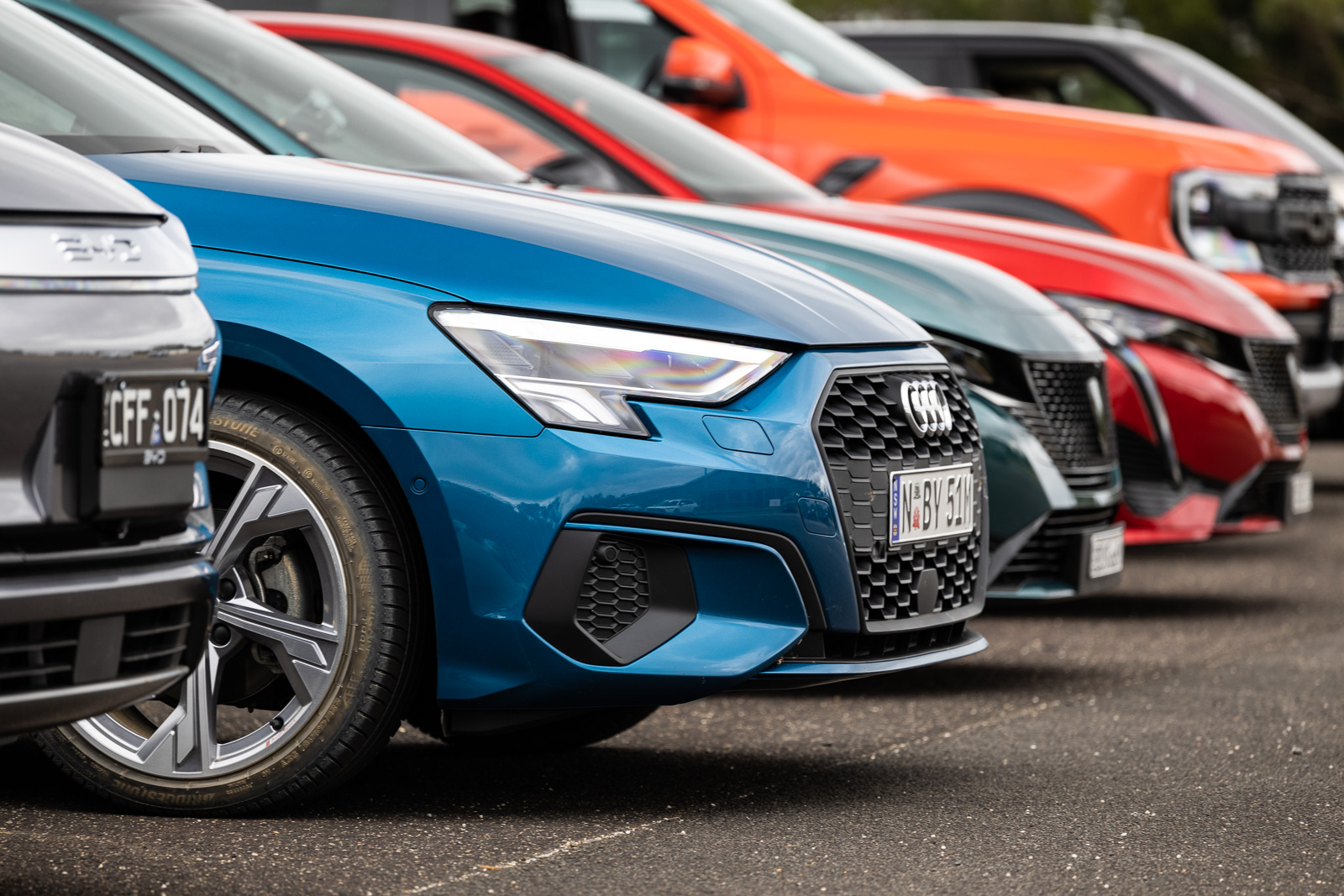 COTY
COTYIntroducing Wheels Car of the Year 2023: The Contenders
Our top gong is back for ’23. Here’s who made the starting grid





